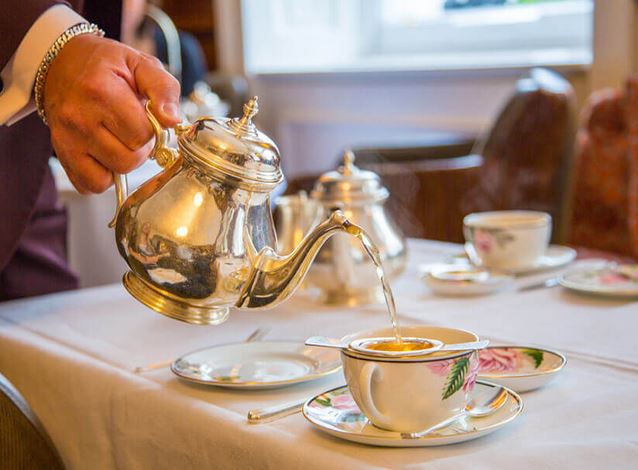Tea-drinking etiquette | |

| |
Tea is more than just a beverage; it's a cultural symbol that has been cherished for centuries. From casual gatherings to formal ceremonies, tea-drinking etiquette plays a crucial role in enhancing the overall experience. In this comprehensive guide, we will delve into the world of tea-drinking etiquette, exploring its origins, customs, and practices. Whether you are a tea enthusiast or a novice looking to learn the ropes, this article will provide you with valuable insights to navigate the intricacies of tea-drinking etiquette with grace and poise. Tea-Drinking Etiquette: A Time-Honored TraditionThe Origins of Tea-Drinking EtiquetteTea-drinking etiquette traces its roots back to ancient civilizations in Asia, particularly China and Japan. The elaborate rituals associated with tea ceremonies emerged as a way to honor and appreciate the sacredness of tea. Over time, these customs spread to other parts of the world, evolving into diverse practices that reflect regional cultures and traditions. The Significance of Tea-Drinking EtiquetteTea-drinking etiquette serves multiple purposes. Firstly, it promotes mindfulness and tranquility, encouraging participants to slow down and savor the moment. Secondly, it fosters social connections by creating a shared experience that transcends language and cultural barriers. Lastly, it pays homage to the rich heritage of tea and the artisans who cultivate and prepare this beloved beverage. The Essentials of Tea-Drinking EtiquetteSetting the Stage: Preparing for a Tea CeremonyBefore delving into the art of tea-drinking, it's essential to create the right ambiance and set the stage for an immersive experience. Here are some key considerations:
Brewing the Perfect Cup of TeaTea brewing is an art in itself, requiring precision and attention to detail. Follow these steps to achieve the perfect cup of tea:
The Ritual of Tea DrinkingOnce the tea is brewed, it's time to embrace the ritual of tea drinking. Here are some essential practices to observe:
Tea-Drinking Etiquette Around the WorldTea-drinking customs vary across different cultures. Let's explore a few notable examples:
Tea-Drinking Etiquette FAQsFAQ 1: What is the appropriate way to hold a teacup?When holding a teacup, delicately grip the handle between your thumb and index finger. Avoid extending your pinky finger, as this is considered an outdated practice. FAQ 2: Should I stir my tea clockwise or counterclockwise?There is no strict rule for stirring tea. However, it is generally acceptable to stir your tea gently in a circular motion, ensuring the sugar or milk is thoroughly mixed. FAQ 3: Can I add lemon to my tea?Adding lemon to tea is a matter of personal preference. Some teas, such as Earl Grey, are traditionally enjoyed with a slice of lemon. However, it's best to inquire about guests' preferences before adding lemon to their tea. FAQ 4: Is it impolite to decline tea at a social gathering?It is perfectly acceptable to decline tea if you do not wish to partake or have dietary restrictions. Politely communicate your preference, and most hosts will understand and offer an alternative. FAQ 5: Should I remove the teabag from the cup before drinking?If you are using tea bags, it is advisable to remove the teabag from the cup before drinking. Leaving it in may result in over-brewing and a bitter taste. FAQ 6: How do I politely ask for a refill?To ask for a refill, simply raise your teacup or gently make eye contact with the host or server. They will understand the gesture and offer to refill your cup. ConclusionMastering tea-drinking etiquette is not only about following strict rules but also about embracing the mindfulness, elegance, and social connections that come with this cherished tradition. By respecting the origins and customs of tea-drinking, you can elevate your tea experience and foster a deeper appreciation for the art of brewing and sipping. So, the next time you gather for a tea session, remember the importance of etiquette and indulge in the beauty of this time-honored tradition. | |
| Views: 187 | | |
| Total comments: 0 | |